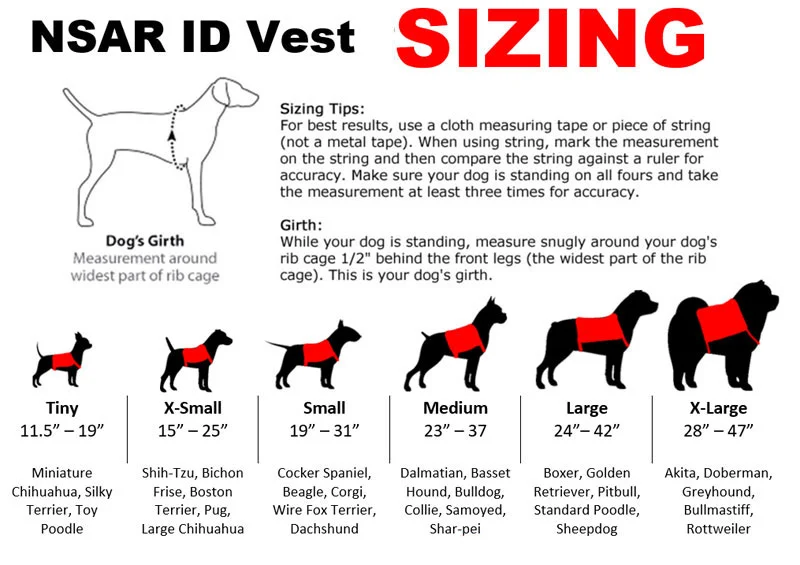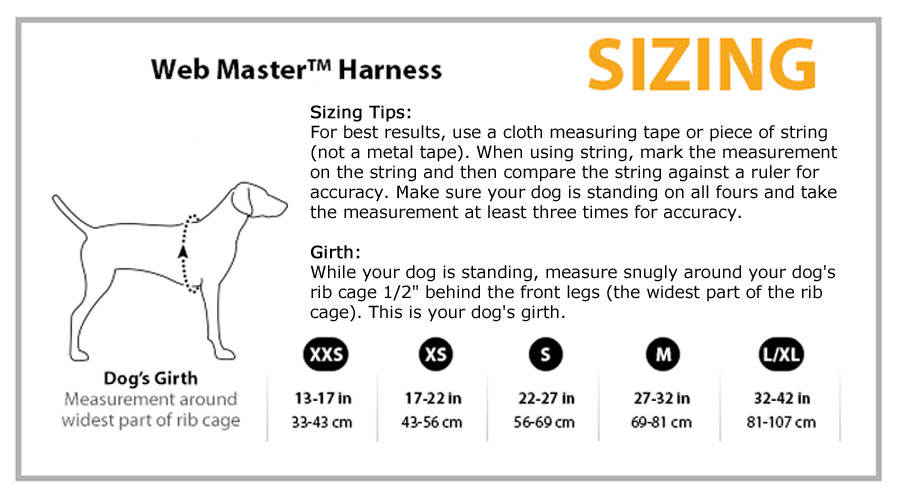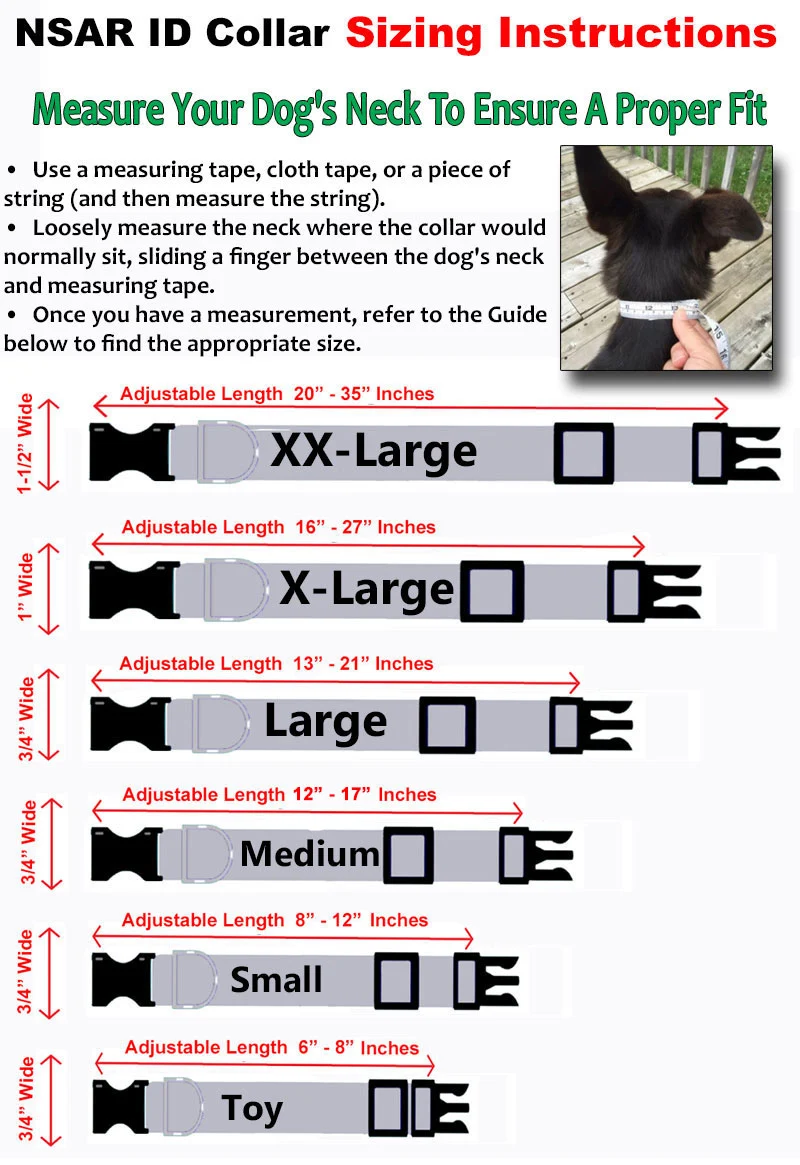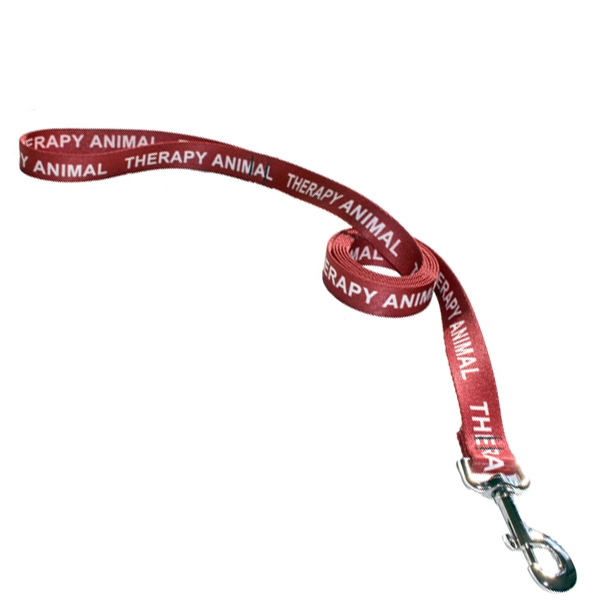
We all love kitty kitties! Ok, well, maybe not all of us. But for those of us who have a cat that (and for those of us who have one as an emotional support animal), it can be torture to have allergic reactions to the very creatures we adore! Some cat-allergy folks are disciplined enough to Stay Away from the sneezy, itchy, red eye inducing felines. Others simply suffer through the physical discomforts induced in order to snuggle the purring sweet ones, only to regret it later when they are feeling stuffy, itchy and miserable.
If you have a cat as an emotional support animal and have cat allergies, you are in a predicament. But did you know there are hypoallergenic cat breeds? These mystical cats may just be the answer to your dreams. While it’s true that no cat is 100% allergen free, many people have found relief with certain breeds due to a difference in their saliva as compared with most breeds. We’ll get into the specifics, but first, it’s important to understand what causes allergies and why cats in particular cause such an exaggerated reaction in so many people.
What Causes Allergies?
Allergies, in general, are caused by an overly responsive immune system that reacts to harmless proteins in the environment, as though they are dangerous invaders. The immune system responds to this perceived threat by releasing ample amounts of histamine, which causes the uncomfortable symptoms such as itching, sneezing and hives. Among the many potential allergens, some common ones include plant pollens, molds and animal dander.
When it comes to cats, people are often surprised to learn that they are not actually allergic to the fur, but to a protein found in the cat’s saliva. In fact, over 60 % of people who are allergic to cats are specifically allergic to this protein which is called Felis domesticus 1 (Fel d 1). When your emotional support animal fondly bathes her entire fur coat with her rough little tongue, she is also thoroughly dowsing herself with saliva—and you know what that means. This allergy-inducing protein is now coating kitty’s coat from top to bottom, leaving you vulnerable to unpleasant reactions when you come in contact with the fur.
In addition to the saliva, Fel d 1 is found in the feline sebaceous glands (a waxy substance that keeps their skin oily and somewhat waterproof), the lacrimal glands (tear ducts) and the perianul glands (around the anus). Other proteins that have triggered some degree of allergic response in people include Fel d 2, 3 and 4.
Hypoallergenic Cat Breeds
Now that we understand a bit of what causes cat allergies to be so severe, we can better understand why there are certain breeds that will not have such a bothersome effect. For example, an emotional support animal cat that sheds less than others will spread less of their protein coated hair all over your house leading you to experience fewer miserable allergic reactions.
However, wouldn’t the best sort of emotional support animal cat be one who doesn’t produce the allergy-triggering protein to begin with? There are a few breeds who actually have less Fel d 1 in their systems and people have reported having far less negative reactions to these particular cats.
It’s important to note that no cat breed is 100% hypoallergenic, since all cats, like all animals, produce dander. Dander is a common allergen and if you are among those who are allergic to the dander as opposed to the Fel d 1 protein, a hypoallergenic cat may not solve your predicament. You can get tested to find out your specific allergy, or experiment to see which cats your react to.
Let’s examine a few specific cat breeds who produce less than average Fel d 1 protein and several cat breeds who shed less than others.
Siberian: As their name suggests, the Siberian cat come from the Siberia in Russia. Also known as the Siberian forest cat, if you live in a cold weather place, this might just be the perfect emotional support animal for you. They are hardy and strong, weighing between 15 and 27 pounds. They have luxurious, long, thick, triple haired coats with waterproof hair.
This breed is the well known to have far smaller levels of Fel d 1 than other cat breeds, though they still have some mind you. The exact levels of the protein can be different from one cat to the next, but in general, if you are looking for a Fel d 1 free cat, this is the closest you’re going to get.
Their hypoallergenic tendencies are not the only attractive thing about inviting a Siberian cat into your home. A very playful breed, Siberians are great with children and other animals and are even said to enjoy playing in water! They are also quite intelligent, are natural mousers and tend to be quiet voiced (unlike the talkative Siamese).
Siamese: The Siamese cat comes from Thailand (formerly Siam) and they are distinct because of their slanted blue eyes, big ears, a light colored body with a dark face and long skinny legs. Like the Siberian cat, Siamese have less Fel d 1 in their systems, so they may be good emotional support animals for the allergic cat lover.
The Siamese cat appears frequently in myth and lore as this ancient breed had an esteemed place by the side of Siam’s royalty, even taking up residence in temples where they were catered to as kings and queens.
Siamese cats are known for being quite affectionate, playful and talkative. They do not like to spend a lot of time alone, preferring to have their human companion by their side. Their sociability makes them less than ideal for someone who is gone a lot as they can become destructive if left lonely too often.
Balinese: Balinese cats are a result of human breeders crossing the Siamese with other cats to produce a long-haired version—thus, unlike our previous two examples, their name may be misleading, as they are not actually from Bali! These cats are similar to Siamese, their parent breed, with the main difference being their longer medium length coat.
Since they are descendants of the Siamese breed, it is perhaps not surprising that the Balinese also tend to have less Fel d 1 protein. In addition, their single layer coat of hair means they shed less, making them extra appealing to those with allergies.
The Balinese personality is also similar to their parent breed, as they are also marked by being very playful, talkative and companionable, though they are bit more independent than the Siamese. They also tend to get along with other people and animals. These cats are an excellent choice as an emotional support animal.
Cornish Rex: While they don’t produce less Fel d 1 than other breeds, Rex’s do shed much less than other cats. Rex’s in general lack guard hair and the remaining hair is curly, laying close to the body. (You can also check out the Devon Rex or the Selkirk Rex who also shed less). Because of their unique fur, people with cat hair allergies often do well with the Rex breeds.
Cornish Rex is a very unusual looking cat with huge ears, a lanky body, and “rippling” fur. They have even been said to look somewhat alien. These cats are very energetic and love to be the center of attention. Another great choice as an emotional support animal.
Burmese: The Burmese cat comes from Burma, where it was, at one point, worshipped in temples. With large gold eyes, they were known as copper cats. The variety found in the US is mainly brown while more color variants exist in other parts of the world.
These pretty kitties are known to have less Fel D 1 than other cats (perhaps due to the fact that they were interbred with Siamese when they first made their journey to the US) and they also shed less than other cats.
These excellent emotional support animal prospects are extremely social and are known to follow their owner from room to room. They do quite well with children and love to sit your lap. They are quite expressive and will talk to you with their charmingly scratchy meow.
Russian Blue: Russian Blues are another low-shedding breed with stunning silver tipped hair. The Russian Blues have a plush double layer of fur that sticks out at a 45 degree angle, so that if you draw patterns in their hair, it will actually stick. Their coats are said to be like that of a seal’s and they were likely even hunted for their pelts at one time. Like the Siberian cat, the Russian Blues come from Russia.
An amazing cat as an emotional support animal, the Russian Blue breed is known for its emotional intelligence. They can actually look sad when ignored and have been known to sense sadness in people which they respond to with touch and by acting silly. On the flip side, they are easily startled and are uncomfortable with change. Preferring their routine to remain consistent, changing location is difficult for them, meaning they probably won’t make for the ideal travel cat.
These kitties are independent and will do fine if left alone, though they also like human company and are quite playful. In fact they even like to play catch. Though they’ll be friendly with the whole family, they often choose to partner with one human in particular ? an excellent trait in an emotional support animal.
Sphynx Cat: These famous, “hairless” cat breeds include the Peterbald and Donskoy. While not actually hairless, they have a fine down which can barely be felt or seen. Because of the lack of hair to absorb the Fel d 1 containing oils produced by their sebaceous glands, their oily skin can actually be even more of an allergen than fur is for some people. On the other hand, some people with allergies do quite well with the Sphynx cat as an emotional support animal, probably because they are actually allergic to cat hair. Besides being hairless, these cats have many wrinkles and a cute pot belly. Their faces are surprisingly sphynx-like (thus the name). Despite their regal appearance, these cats are quite acrobatic, loving to be the center of attention. A very mischievous extrovert, these cats will definitely keep you entertained. They love humans and get along well with other animals too.
A Few Other Tips
In addition to the above breeds, when considering a hypoallergenic cat as an emotional support animal, there are few other tips. For instance, male cats tend to have more Fel d 1 than females cats, so you may be better off getting a female cat. In the same vein, an intact male has more Fel d 1 than a neutered male, so if you do get a male, it is a good idea to get him fixed. Also, for some reason dark haired cats tend to have more Fel d 1 than light haired cats, so you can keep this in mind too while picking out an emotional support animal.
If you already have a cat as an emotional support animal, or still experience allergic symptoms after getting a hypoallergenic breed, there are some good rules of thumb to follow at home in an effort to minimize uncomfortable reactions.
Be sure to vacuum frequently and clean surfaces, in order to minimize the buildup of hair and dander. Also, brush your cat frequently—at least once a week—to prevent unnecessary amounts of hair in your home. You could also try putting homeopathic drops in the cat’s water which are intended to reduce the Fel d 1 effect.
In addition, if possible in your home, it helps to have outdoor cats when it comes to allergies, for a few reasons. For one thing, a cat who goes outside will do a good amount of its shedding and dander dropping out in the open, leaving your space relatively free of these allergens. In addition, cat litter boxes often contain the greatest amount of Fel d 1 since so much is found in the anal gland of the cat. This means that if you do away with a kitty litter box in favor of having the cat go to the bathroom outside, you are automatically minimizing a source of allergies. (Plus you won’t need to deal with changing the litter!)
And of course, you can always turn to antihistamines, decongestants or even steroids for extreme allergic attacks.
Conclusion
If you love cats and have or are considering one as an emotional support animal but have an allergy that frustrates your ability to enjoy time with sweet felines, consider getting yourself tested for allergies. Once you know your specific allergy, you can figure out which kitty breed you feel best around. Also, remember that every cat is different, and while spending time with one kitty may wind up giving you a horrendous stuffy head and itchy eyes, you may feel just dandy around another cat.
To make your cat an emotional support animal, click here.
Emotional Support Animal News
People like flying with their emotional support animal because having them can significantly reduce anxiety during a stressful travel and flying experience. Although many animal species qualify as emotional support animals, if you want to fly with an emotional support animal, you’re better off with a cat or dog.
In August 2019 the Department of Transportation ruled that service animals could include dogs and miniature horses, while emotional support animals would be allowed at the discretion of the airline. Nearly all airlines limit emotional support animals to cats and dogs only.






















